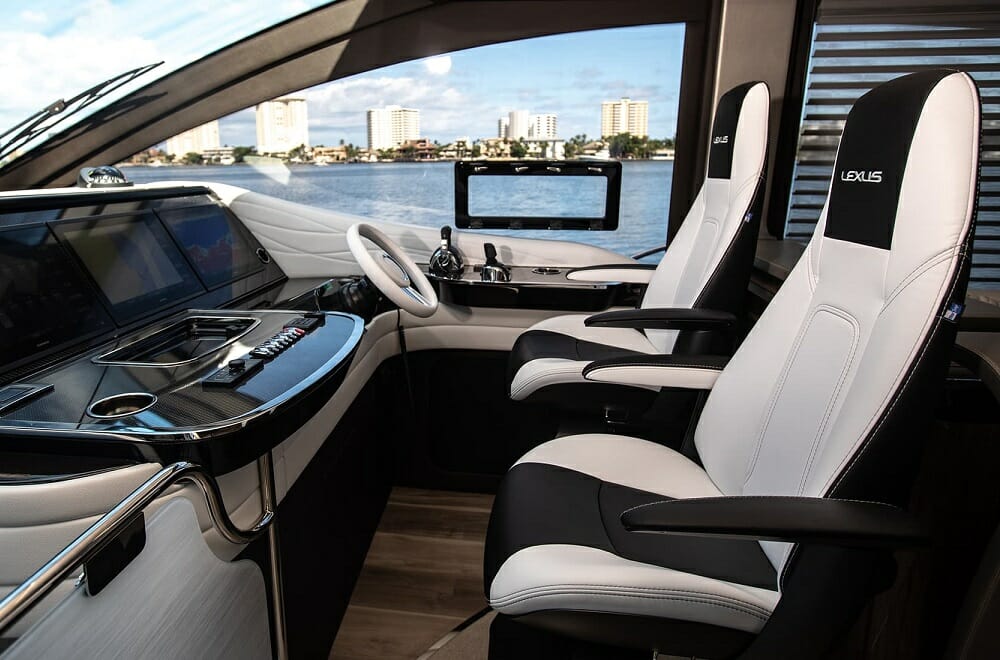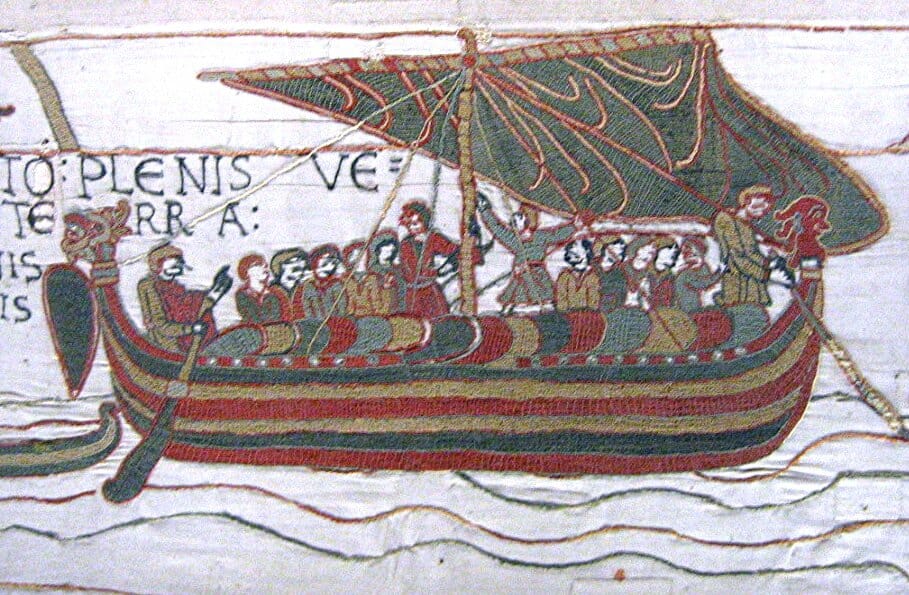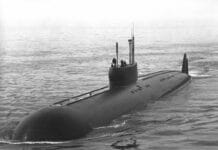If you took a walk in a harbour you would quickly notice that many smaller boats and yachts have their steering wheels mounted on the right side of the cabin. Why is that? Contrary to what you might think, itt has absolutely nothing to do with the country and laws where these vessels were built.

With cars it’s quite simple – in some countries they drive on the left, in others – on the right side of the street. Accordingly, they are either right hand drive or left hand drive. Obviously, this is not the case with water vessels and yet most of the smaller boats and yachts are like cars in England – their steering wheels are on the right.
There really is no practical reason why one side is prefered more than the other one. But it has something to do with the definitions of port and starboard sides of the watercraft.

Why right is starboard and left is port?
Port and starboard are nautical terms that are used to avoid confusion. Left and right depend a lot on the observer, meaning that your left is someone’s right. Meanwhile the port side of the ship is always it’s port side. It is defined as the side of the vessel which is to the left of an observer aboard the vessel and facing the front (bow) of the vessel. And, of course, starboard side is the opposite – it is always on the right.

The word starboard comes from the Old English steorbord, which is defined as the side on which the ship is steered. That’s why steering wheels of most smaller powered vessels are still on the right – it is a traditional configuration. Centuries and centuries ago ships were steered with a steering oar instead of a more modern centreline rudder. Usually, the steering oar, which is a bit like a big paddle, was mounted on the right side of the ship, because most people were right-handed.
And so, because the right side had that relatively fragile steering oar hanging on it, ships typically approached the harbour with their left side. At first it was called larboard, but in 1844 the Royal Navy ordered that it should be called port, because larboard sounds too similar to starboard. The term larboard comes from the Old English, where the term lade basically meant load.

As ships grew larger and better, they gained better steering devices, such as a wheel and a rudder. Steering wheels migrated to the centre of the vessel. However, in smaller boats they are still usually mounted on one side, because it is a more space-efficient design. And since the nautical terms of port and starboard are still in use, builders of the small boats and yachts often choose to mount the steering wheel on the right side of the cabin.




